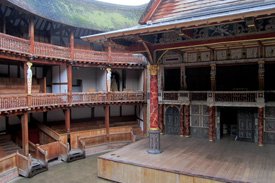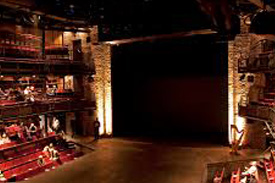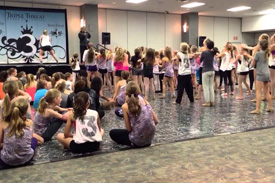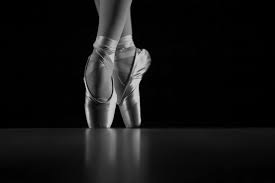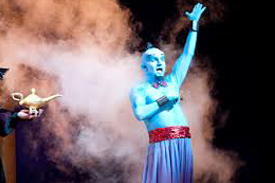 Created by the team behind The Lion King’s award-winning education programme, the launch of West End musical Aladdin’s education programme is made up of curriculum-linked education resources for Key Stage 2 and 3 pupils, workshops for pupils aged 7+, and a series of videos which include interviews with the award-winning creative team. Disney’s latest hit musical then saw its seven-time Tony Award®-winning scenic designer Bob Crowley become a prescribed practitioner on the AQA Theatre Studies A-Level specification from September 2016.
Created by the team behind The Lion King’s award-winning education programme, the launch of West End musical Aladdin’s education programme is made up of curriculum-linked education resources for Key Stage 2 and 3 pupils, workshops for pupils aged 7+, and a series of videos which include interviews with the award-winning creative team. Disney’s latest hit musical then saw its seven-time Tony Award®-winning scenic designer Bob Crowley become a prescribed practitioner on the AQA Theatre Studies A-Level specification from September 2016.
Disney’s Aladdin tells the well-known story of a street urchin who finds himself caught up in the plans of an evil magician, falls in love with a princess and befriends a lamp-dwelling magical genie. The education programme includes:
Pre-show workshops, in which Aladdin offers a choice of two 90 minute pre-show workshops which focuses on Scene Study and Music and Movement. Participants will work with extracts from the script and explore characterisation and objectives through physicality, voice, status and comedy, and will have the opportunity to learn choreography and vocals from Arabian Nights, the show’s opening number.
For Key Stage 2, Out Of The Lamp offers a mix of ideas and suggestions which connect to teaching and learning themes in Key Stage 2 English, Art and Design, Music and PSHE. The activities support learning objectives for Key Stage 2 pupils such as developing language skills and vocabulary, creative writing, and composition of stories, performing, dance and creating costumes.
For Key Stage 3, The Cave Of Wonders resource uses Aladdin’s dancing, music, storytelling and costume design to achieve learning objectives for English, PSHE and Dance. Pupils will develop creative writing, build literacy and grammar skills, explore storytelling, and use themes from the production to reflect on issues in their own lives. The resource also offers exclusive behind-the-scenes videos featuring Aladdin’s Associate Choreographer and Production Manager, discussing the processes involved in bringing the show to the stage.
 Tricycle Theatre – based in Kilburn – recently created six new theatre companies through its work with six venues across the borough of Brent in London. Five of the new companies will be specifically for young people, and one of which will be for all ages. The new initiative is hoped to engage with the communities of Brent, naming the scheme Mapping Brent. The work the young companies produce next year will be a clear indicator of what matters to them and how they view the world today.
Tricycle Theatre – based in Kilburn – recently created six new theatre companies through its work with six venues across the borough of Brent in London. Five of the new companies will be specifically for young people, and one of which will be for all ages. The new initiative is hoped to engage with the communities of Brent, naming the scheme Mapping Brent. The work the young companies produce next year will be a clear indicator of what matters to them and how they view the world today. Tricycle Theatre – based in Kilburn – recently created six new theatre companies through its work with six venues across the borough of Brent in London. Five of the new companies will be specifically for young people, and one of which will be for all ages. The new initiative is hoped to engage with the communities of Brent, naming the scheme Mapping Brent. The work the young companies produce next year will be a clear indicator of what matters to them and how they view the world today.
Tricycle Theatre – based in Kilburn – recently created six new theatre companies through its work with six venues across the borough of Brent in London. Five of the new companies will be specifically for young people, and one of which will be for all ages. The new initiative is hoped to engage with the communities of Brent, naming the scheme Mapping Brent. The work the young companies produce next year will be a clear indicator of what matters to them and how they view the world today.

